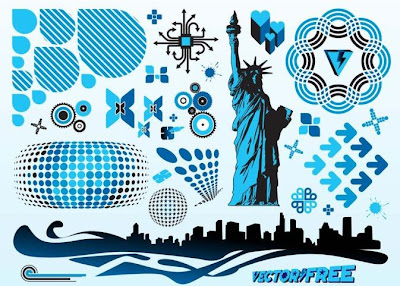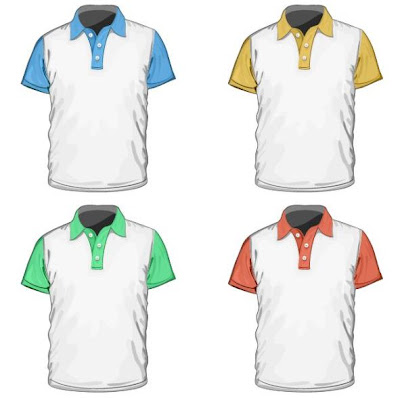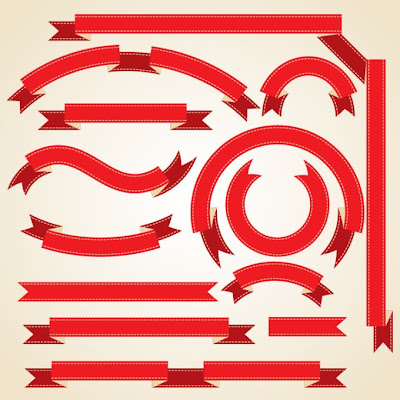
Same as object-oriented graphics, refers to software and hardware that use geometrical formulas to represent images. The other method for representing graphical images is through bit maps, in which the image is composed of a pattern of dots. This is sometimes called raster graphics. Programs that enable you to create and manipulate vector graphics are called draw programs, whereas programs that manipulated bit-mapped images are called paint programs.
Vector-oriented images are more flexible than bit maps because they can be resized and stretched. In addition, images stored as vectors look better on devices (monitors and printers) with higher resolution, whereas bit-mapped images always appear the same regardless of a device's resolution. Another advantage of vector graphics is that representations of images often require less memory than bit-mapped images do.
Almost all sophisticated graphics systems, including CADD systems and animation software, use vector graphics. In addition, many printers (PostScript printers, for example) use vector graphics. Fonts represented as vectors are called vector fonts, scalable fonts, object-oriented fonts, and outline fonts.
Note that most output devices, including dot-matrix printers, laser printers, and display monitors, are raster devices (plotters are the notable exception). This means that all objects, even vector objects, must be translated into bit maps before being output. The difference between vector graphics and raster graphics, therefore, is that vector graphics are not translated into bit maps until the last possible moment, after all sizes and resolutions have been specified. PostScript printers, for example, have a raster image processor (RIP) that performs the translation within the printer. In their vector form, therefore, graphics representations can potentially be output on any device, with any resolution, and at any size.
source : webopedia.com
Description: What is vector graphics?
Rating: 5.0
Reviewer: tpao
ItemReviewed: What is vector graphics?










